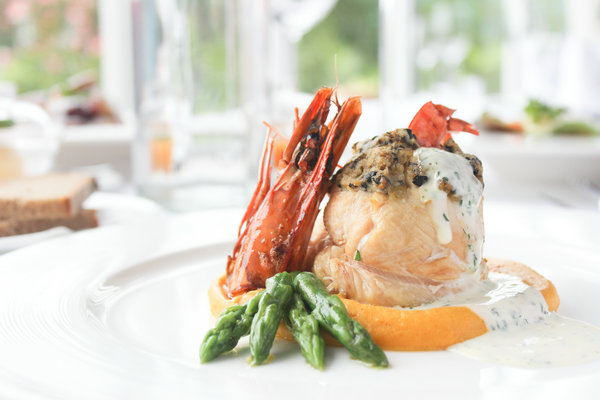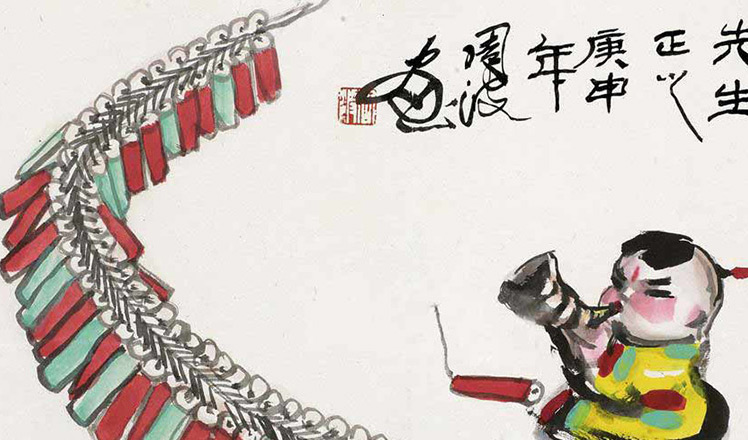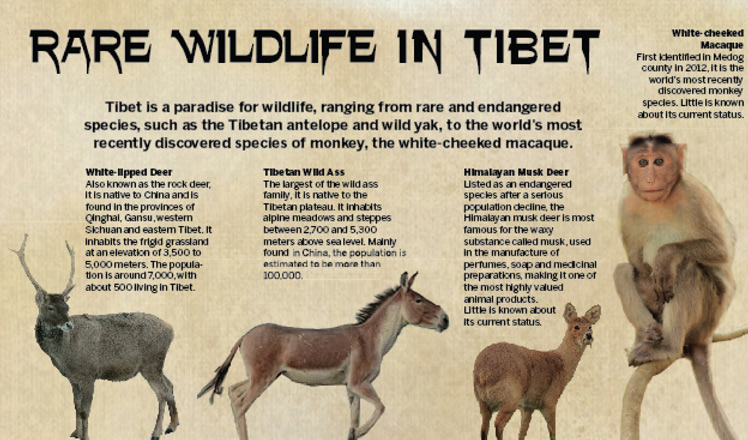A is for Austria
Updated: 2016-01-12 08:12
By Mike Peters(China Daily)
|
|||||||||
 |
|
The kitchen takes quality ingredients-Australian beef, jumbo king prawn and scallop, proscuitto, mussels and potato gratin-and converts them into edible art.[Photo provided to China Daily] |
Chef Alfred Krasser's many gifts include an astute way with bacon. I know what you're thinking: Any fool with an apron can make food taste better by adding bacon. Krassner's touch is delicate to the point of near-invisibility (this may be why Europeans call bacon "speck"). Bacon also breathes a layer of yumminess into a celery-cream soup we'd almost skipped.
Similarly, the flavors of a holiday-season pork neck with cumin and garlic hit diners like a fugue, not a fist.
Subtlety may be what sets the cuisine of Austria apart from Germany's. At least as it's practiced abroad, German cuisine tends to be boisterous: lots of oom-pah and sausage, a year-round Oktoberfest that just comes with better music and special beer when the calendar agrees it's October. Austrians, with a very parallel culture, are less in your face about it. Instead of fighting the urge to pull on some lederhosen and dance, diners at Tafelspitz will suddenly realize they've been nodding gently to the strains of The Blue Danube, another cultural icon but so discreet that it avoids being a cliche.
"The cuisine is a style of cuisine native to Austria and composed of influences from throughout the former Austro-Hungarian Empire," says partner and front man Walter Lampersberger. "Regional influences from Italy, Hungary, Bohemia, Germany and the Balkans have had a profound effect," he adds, so although the country's food is most often associated with Vienna, a fusion of styles has greatly shaped what Austrian cuisine is today.
- A glimpse of Spring Rush: little migrant birds on the way home
- Policy puts focus on genuine artistic students
- Police unravel market where babies are bought, sold as commodities
- More older pregnant women expected
- Netizen backlash 'ugly' Spring Festival Gala mascot
- China builds Mongolian language corpus
- 2 Chinese nationals killed, 1 injured in suspected bomb attack in Laos
- New York, Washington clean up after fatal blizzard
- 'Plane wreckage' found in Thailand fuels talk of missing Malaysian jet
- Washington shuts down govt, NY rebounds after blizzard
- 7 policemen, 3 civilians killed in Egypt's Giza blast
- Former US Marine held in Iran arrives home after swap

 Drone makers see soaring growth but dark clouds circle industry
Drone makers see soaring growth but dark clouds circle industry China's Zhang reaches Australian Open quarterfinals
China's Zhang reaches Australian Open quarterfinals
 Spring Festival in the eyes of Chinese painters
Spring Festival in the eyes of Chinese painters
 Cold snap brings joy and beauty to south China
Cold snap brings joy and beauty to south China
 The making of China Daily's Tibetan-style English font
The making of China Daily's Tibetan-style English font
 First trains of Spring Festival travel depart around China
First trains of Spring Festival travel depart around China
 Dough figurines of Monkey King welcome the New Year
Dough figurines of Monkey King welcome the New Year
 Ning Zetao, Liu Hong named China's athletes of the year
Ning Zetao, Liu Hong named China's athletes of the year
Most Viewed
Editor's Picks

|

|

|

|

|

|
Today's Top News
National Art Museum showing 400 puppets in new exhibition
Finest Chinese porcelains expected to fetch over $28 million
Monkey portraits by Chinese ink painting masters
Beijing's movie fans in for new experience
Obama to deliver final State of the Union speech
Shooting rampage at US social services agency leaves 14 dead
Chinese bargain hunters are changing the retail game
Chinese president arrives in Turkey for G20 summit
US Weekly

|

|









